As the third largest city in Hokkaido with twinkling panoramic night view regarded as the best in Japan and one of the top three in the world, Hakodate already has what it takes to become a big star among travelers.
And as beloved as Hakodate night is, Hakodate actually shines both in the night and in the day. This oldest international port city on Hokkaido comes highly recommended in travel guides for its lively waterfront and hill lined with Western-influenced buildings. That said, Hakodate retains the chill atmosphere like most places in Hokkaido and getting to and around the city is easy.
From sunrise to after sunset, there are plenty of things to do and see in Hakodate. I had to start my city walk around noon though, so I didn’t have enough time to try fresh seafood at Hakodate Morning Market and trace the Boshin War history at the star-shaped Goryokaku Fort. Sunshower and rain also came and go throughout the day, but let’s see the scenes I have managed to capture in this charming city.
Located in the southernmost area of Hokkaido and not too far from the northernmost area of Tohoku, Hakodate can conveniently be visited as part of your Hokkaido trip or your Tohoku trip. It takes around three hours by train to travel to Hakodate from either Sapporo (Hokkaido) or Aomori (Tohoku). Hakodate has its own airport as well, thus being connected to a few further major cities. After learning that I passed my graduate school entrance exam in mid-September 2019 and my scholarship would be extended until I graduated, I finally was set free from my biggest worries back then and flew into Hakodate from Nagoya, before traveling down by train to Aomori and other cities in Tohoku. The airline I traveled with was Air Do, which is a Japanese airline connecting the main islands of Hokkaido and Honshu. It was the best-priced and fastest option to get to Hakodate from Nagoya, with a cute bonus of Bear Do the polar bear mascot.
About two hours after leaving the modern cityscape of Nagoya, I was already standing in the retro bayside area of Hakodate. Steeped in history as Hokkaido’s first port for foreign trade and also one of the first in Japan to open after the country’s centuries of self-isolation until 1854, Hakodate Bay Area is well-preserved. The old warehouses and important buildings in and near the area have been maintained or renovated for us visitors. One such building is Hakodate Meijikan or the Old Central Post Office from 1911. The ivy-covered brick building has been transformed shopping mall full of lovely handcrafted goodies and exploring the shops inside was how I escaped the first sunshower I encountered in Hakodate.
Like the historic port city of Otaru, Hakodate Meijikan is where we can buy glassware and music boxes too. The variety is small compared to Otaru, but the designs are all different. Studio Ghibli movie songs and J-pop songs from 1990s to 2000s remain popular choices for music boxes like in Otaru too, but at Hakodate Meijikan, I spotted orgel using Amuro Namie’s “Can You Celebrate?” and I was so happy. I grew up listening to many J-pop songs from the late 1990s and early 2000s and Namie is one of the legendary solo J-pop artists from that time. “Can You Celebrate?” is my most favorite song by her and the song is also one of the most beautiful Japanese songs in my opinion. (Plugging the Spotify and YouTube links to my favorite but somewhat underrated arrangement from her Ballada album here.)
Capybara dolls looking even softer in the sunlight. Japanese people seem to like capybara. It doesn’t seem to be a very common choice elsewhere, but I saw them being featured as mascot or kawaii-fied (cutified) into souvenirs pretty often in Japan.
Teddy bears remain beloved too, some coming in even more kawaii-fied design.
As expected of such a crafty shopping venue, sweet and snack packaging designs are kawaii too.
Even older and bigger than Hakodate Meijikan are the row of warehouses from 1869, Kanemori Red Brick Warehouse. These harborfront warehouses have been reborn as an entertainment complex with several restaurants and shops. There are rental bicycles too and I like how photogenic the unanimously yellow bicycles are.
I went inside Kanemori Red Brick Warehouse to find something to eat. The Halloween sweets were already out in September.
Before visiting Hakodate, the only things I knew about its gourmet were the salt-flavored Hakodate Ramen and ocean-fresh seafood. I stumbled upon Pastry Snaffle’s at Kanemori Red Brick Warehouse, which turned out to be an old establishment since 1998 and the most famous patisserie in the city. I tried their “catchcake”, a tiny, fluffy, and yummy cheesecake. Seven flavors are available: cheesecake, strawberry, chocolate, matcha green tea, coconut, cafe latte, and tiramisu. Each one costs 200 yen with 10% of the payment going into donation. I decided on the original cheesecake flavor and the catchcake was served with a complimentary small cup of coffee.
Love the yellow pop of a local taxi.
Being a bay area, Hakodate doesn’t miss the chance to offer visitors a sightseeing cruise. I didn’t try Hakodate Blue Moon Cruise, but the Pokemon and other cartoon buoys (?) were begging me to snap a shot. Such creative touches to decorate the handrail. (Also spotted Thai among other languages on the cruise signboards.)
Instead, I escaped the sunshower again into Lucky Pierrot the burger restaurant. The Marina Suehiro branch is conveniently located near Kanemori Red Brick Warehouse and the green and yellow and other colors of the showy decor stand out so much that most people will probably have to look at even if they didn’t know about the restaurant before. I didn’t know about Lucky Pierrot until that moment either and it was such a good discovery.
It might be strange to recommend people to eat hamburger in Japan, but this burger restaurant has actually won the Best Local Burger Store award in the country, as well as other Hokkaido and national-level prizes and international praises. Their burgers are very affordable, with the starting price at 270 yen and the three most popular ones being below 400 yen. That is around what you have to pay for McDonald’s in Japan, but at Lucky Pierrot, they creatively combine American tastes with Japanese and Chinese flairs since the owner Mr. Wang is a Chinese living in Japan. What’s more, those burgers were inspired by Mr. Wang’s parents’ homecooked meals and if you don’t like burgers, Lucky Pierrot also serves up other Japanese food like curry and omurice (omelet rice) and appetizers using locally-sourced ingredients.
I chose Pork Cutlet Burger (Tonkatsu Burger), the no. 3 among the top three, and the tonkatsu lover in me approved. For 380 yen, I got to eat juicy pork cutlets, with fresh lettuce and buns. I love that everything was crispy and not soggy at all.
If you want to order the no. 1 burger, it is called Chinese Chicken Burger. I didn’t get to try it, but here is the huge tribute to Chinese Chicken Burger inside Lucky Pierrot Marina Suehiro.
Lucky Pierrot is so popular that there are currently 17 branches in Hakodate. They have no plan to expand to other cities or countries, so their burgers and food are exclusively Hakodate specialties. This is Lucky Pierrot Bay Area Main Shop, not too far from the Marina Suehiro branch. It is their oldest restaurant since 1987 and yeah, no way you can miss the huge mustard yellow sign and flashy decorations. I read that each Lucky Pierrot branch is differently themed, so if you have multiple days in Hakodate, going Lucky Pierrot hopping seems fun.
Although the occasional sunshower through the day was annoying, I was very happy to catch a rainbow over Hakodate Bay.
Not far from Hakodate Bay is one of the most photogenic slopes in Japan, Hachiman-zaka Slope. Walking uphill and looking back down the wide tree-lined street, you get a vista of the bay. Cars come sometimes though, so please be careful when taking photos. My tip is to follow other Japanese photographers, walking onto the street when they do because they tend to be cautious.
Another rainfall later, I caught another rainbow! It disappeared so quick and the sky didn’t look that great, but it was still a nice view of Hachiman-zaka Slope to see and capture.
At the end of Hachiman-zaka Slope is a quaint area with Western influences called Motomachi district. Because Hakodate was one of the first and few cities in Japan that were open to foreign traders, the city was chosen as the location to build consulate buildings, foreigners’ residences, and churches and also some of Hokkaido’s most governmental buildings. Some of these buildings from Hakodate heyday can be entered for a fee or we can admire their architectural details from the outside for free as well.
Many of the buildings were undergoing renovation when I visited in 2019 and those that weren’t, were already closed for the day when I arrived, so I only got to see the beautiful exterior of only a few.
The Old Hakodate Branch Office of Hokkaido Government from 1909.
The spire of Motomachi Roman Catholic Church, with an altar sent from Vatican that I didn’t get to see.
I don’t know if this building is historic or not, but fancy storefronts are always fun to photograph.
Also in the Motomachi district is the starting point up Mount Hakodate, the mountain with the ultimate night view in Japan and locally nicknamed Mount Gagyuzan or Mount Cow’s Back due to its shape. My original plan was to take Mount Hakodate Ropeway and arrive at the top before sunset because Mount Hakodate is a good spot to watch the sunset too.
Unfortunately, the sunshower and the rain made the sky too cloudy for sunset viewing. And surprise, surprise, I overheard from other Japanese visitors while walking to the ropeway station that Mount Hakodate Ropeway had to suspend the operation that evening due to very strong wind. I felt lost. It would be reckless to hike up the 334 meter-tall forested mountain at that hour. Taxi would be expensive and it seemed difficult to find one in the area too.
Luckily, there was a staff on the way to Mount Hakodate Ropeway Station who came to redirect the visitors to line up for the bus to the mountain summit. I didn’t know that bus service is available because the ropeway is so famous for offering stunning views while transporting everyone to the top within only three minutes. A pity I couldn’t try the ropeway, but I was very thankful that there was still a way go to Mount Hakodate Observatory.
As mentioned before, it is better to go before the sky turns pitch black. Even though I couldn’t see the sun set, it was still wonderful to watch the sky colors change and the city gradually light up.
Japanese people have likened the view from the summit of the mountain to a big jewelry box. Some say it is as if someone opened the box and all the jewels were dropped to the ground of Hakodate and I agree. It is indeed a million dollar view. Michelin Green Guide Japan has awarded it the highest rating of three stars and the night view from Mount Hakodate is up there with those of Naples in Italy and Hong Kong.
According to Hakodate people, there are both natural and manmade factors that make the night view from Mount Hakodate so great. Mount Hakodate area was once an island, but after a sandbar was formed, it has since been connected to the rest of Hokkaido. Hakodate City later sprang on the tombolo and fast forward to today, they have such a unique cityscape caught between the sea when gazing down from the peak of Mount Hakodate. In addition to the unique arches formed by the land and the sea, Mount Hakodate isn’t too tall, the view doesn’t seem too far away and leaves a stronger impact. I took these photos without having to zoom in.
Furthermore, the street lights and house lights in Hakodate are already warm and gentle to the eye, and orange lights were additionally installed to complement the existing lights. Kudos to careful lighting planning.
I was shaking in the cold wind as I took these photos. My denim jacket wasn’t enough to keep me warm and I occasionally had to retreat into the indoor area as I waited for the sky to turn completely dark. But these shining, shimmering, splendid views were worth it.
The wind was still going strong, so I couldn’t take Mount Hakodate Ropeway until the end. I took the bus back into the city area, feeling very cold and dying to rest.
But when I arrived at my accommodation Capsule Hotel Hakodate, it was so warm and comfortable that I felt recovered enough to try a few more things before showering and finally resting.
Local Hakodate products are available at the hotel for very reasonable prices and having just realized that I forgot to eat after having Lucky Pierrot burger, I bought the mellow Hakodate Milk and the homemade Kinako-flavored (Japanese roasted soy flour) Ice Cream. According to the posters at the hotel, the milk is from Yamakawa Farm near Onuma Quasi-National Park (I really wanted to visit the picturesque lakes, but didn’t have enough time) while the ice cream is produced by Fuji Reika, a long-standing Hakodate ice cream shop since 1947. I recommend you try both and I think they should be available at local supermarkets, convenient stores, and souvenir shops too. (Good food aside, I was amused by the Halloween decorations on the Christmas tree. It was still September and I wonder if the Christmas tree is usually there all-year-round.)
I felt refueled enough the free calligraphy corner at the lobby. It was unstaffed and everyone had to do the calligraphy by themselves, but there were English instructions on how to use the ink and the brushes, along with some examples of kanji characters and meanings. Maybe many people choose to write the kanji for Hakodate or the month they visit the city, but I decided to go with my birth month in the end because it was easier to write. (I still didn’t do that well, haha.) Due to COVID-19, I don’t know if this free activity is available now, but for those who are on a tight budget and don’t mind sharing some common space still, Capsule Hotel Hakodate offers reasonably-priced yet pretty spacious private capsule rooms with very clean common shower rooms and restrooms. The staff are also helpful.
The next morning, I had to wake up before sunrise to catch the first Shinkansen bullet train from Hakodate to Aomori.
As I groggily lugged my suitcase to JR Hakodate Station, I had to stop and stare at the sky for a while. Here came the sun, at last.
Guide
Hakodate Meijikan
When to visit: 10am-5pm, Thursday-Tuesday (Shop hours vary.)
How to get there: To get to Hakodate, you can fly in to Hakodate Airport from Tokyo, Osaka, Nagoya, and Sapporo. It takes around 1.5 hour from Tokyo, Osaka, and Nagoya, and only around 40 minutes from Sapporo. From Hakodate Airport, you can take a short shuttle bus ride to Hakodate Station. The official website with shuttle bus schedules are no longer accessible, but buses are pretty frequent, so you don’t have to worry about getting into the city area.
You can also take the Limited Express Hokuto train from Sapporo Station to Hakodate Station (about 3.5 hours). Or if you are in Aomori, take the JR Ou Line train from Aomori Station to Shin-Aomori Station. Transfer to Shinkansen Hayate or Shinkansen Hayabusa bullet train for Shin-Hakodate-Hokuto Station. Then take the JR Hakodate Liner or Limited Express Hokuto train to Hakodate Station. This is more complicated than traveling down from Sapporo, but it takes around three hours or less. However, the Shinkansen route between Hakodate and Sapporo is under construction. Once finished as scheduled in 2031, it will become much faster to travel between the two cities.
Once at Hakodate Train Station, you have to switch to the city tram. Hakodate Eki-mae Stop is the tram stop in front of the train station. Take Hakodate Tramway No. 2 or No. 5 to Jujigai Stop for Hakodate Meijikan.
Kanemori Red Brick Warehouse
When to visit: 9.30am-7pm, daily (Shop and restaurant hours vary, but it is always possible to visit Hakodate Bay Area and see the row of warehouses from the outside too.)
How to get there: Walk for a few minutes from Hakodate Meijikan.
Pastry Snaffle’s
When to visit: 9.30am-7pm, daily
How to get there: Located inside Kanemori Red Brick Warehouse.
Lucky Pierrot Marina Suehiro Branch
When to visit: 9.30am-11pm, daily
How to get there: Located near Kanemori Red Brick Warehouse and Hakodate Blue Moon Cruise.
Hachiman-zaka Slope
When to visit: Always accessible
How to get there: Walk for a few minutes from Hakodate Bay Area or you can also take Tramway No. 5 to Suehirocho Stop.
Motomachi District
When to visit: Always accessible (All the historic buildings are always viewable from the outside, but to enter, please check opening hours and entrance fees on the official Hakodate tourism website.)
How to get there: Walk up Hachiman-zaka Slope.
Mount Hakodate Observatory
When to visit: Always accessible if you drive up the mountain. For those going by public transportation, you can check Mount Hakodate Ropeway seasonal hours (as well as sunset hours) here and the schedule and stops for Hakodate Bus to the observatory are here and here.
How to get there: If you plan to take the ropeway, Mount Hakodate Ropeway Station is located in Motomachi district or you can hike up the mountain yourself (around one hour one way) during the day from May to September. Major bus stops include Hakodate Station and Motomachi.
Entrance fee: The indoor and outdoor observatory areas are free of charge, but see the one way and round trip ropeway ticket prices here.
This post is also part of the Lens-Artists (week #213: Here Comes the Sun), Sunday Stills (Mustard), Flower of the Day (recent challenge), Water Water Everywhere (recent challenge), Photographing Public Art Challenge (recent challenge), Thursday Doors (recent challenge), Weekend Sky (recent challenge), and Which Way (recent challenge) Photo Challenges.


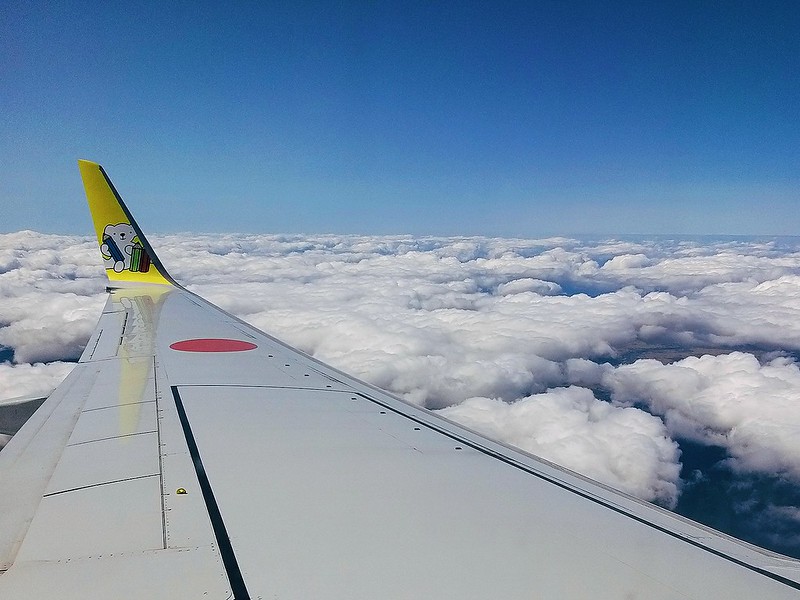


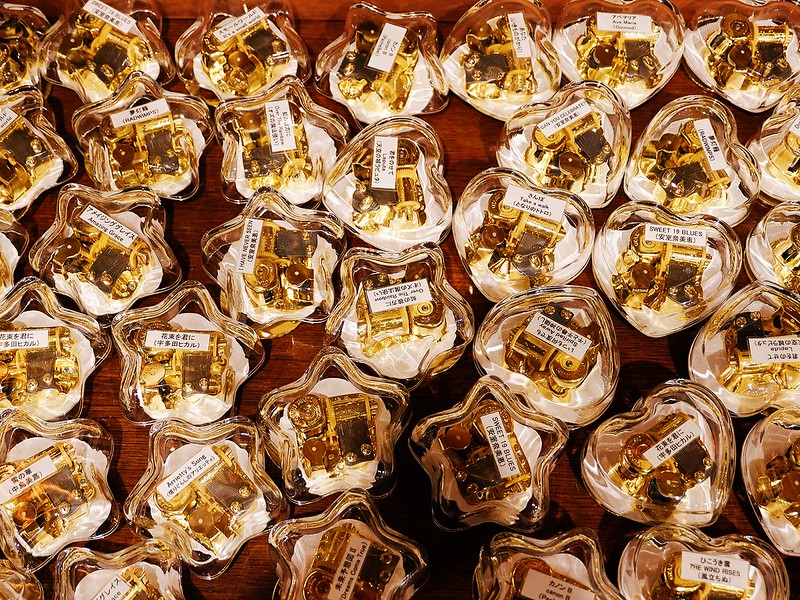
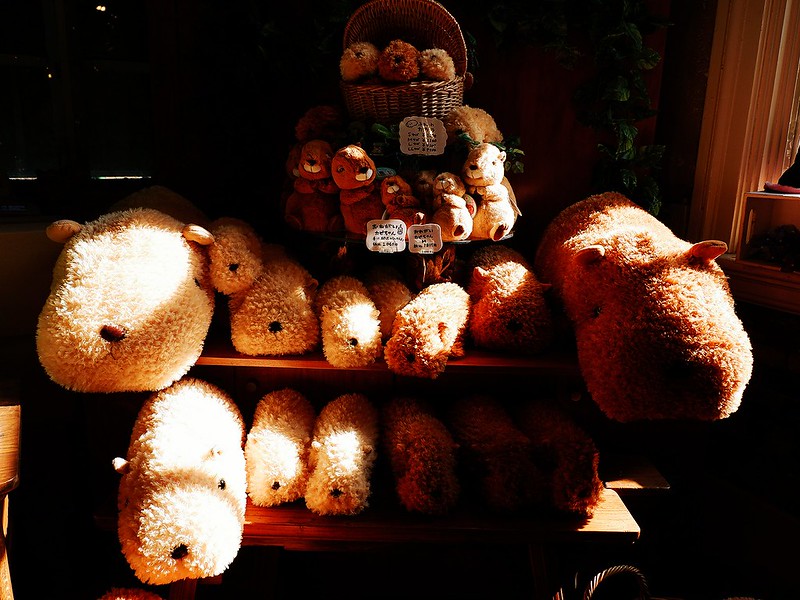
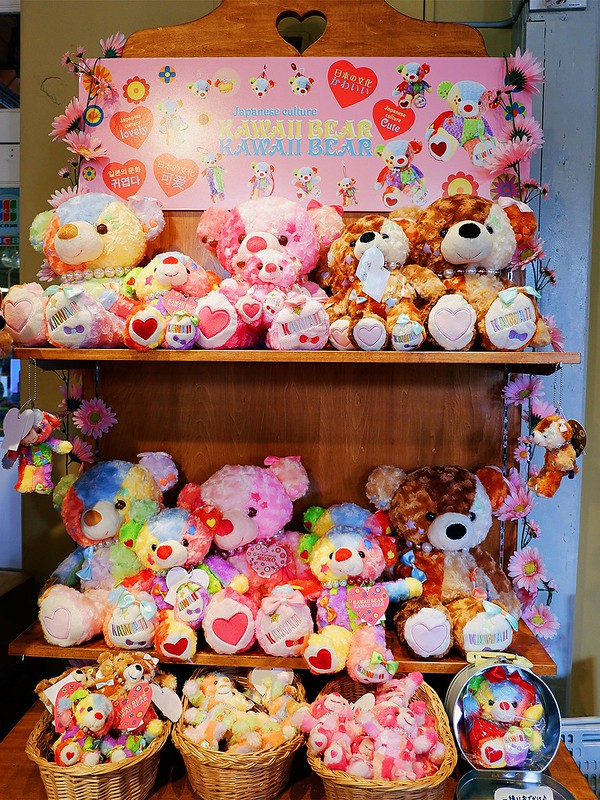


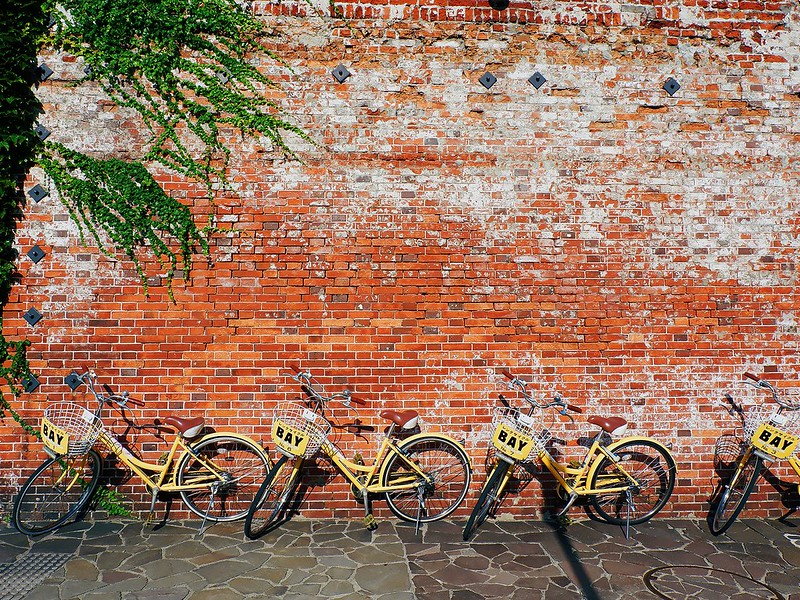
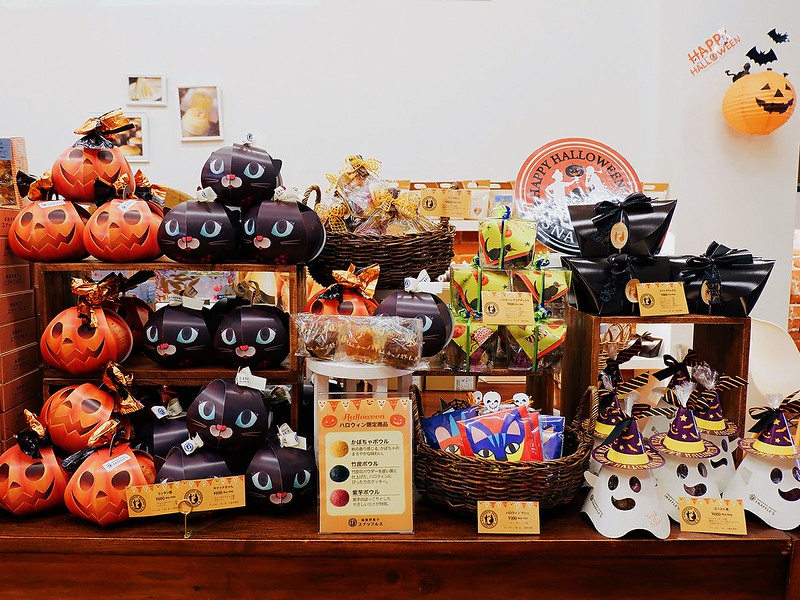

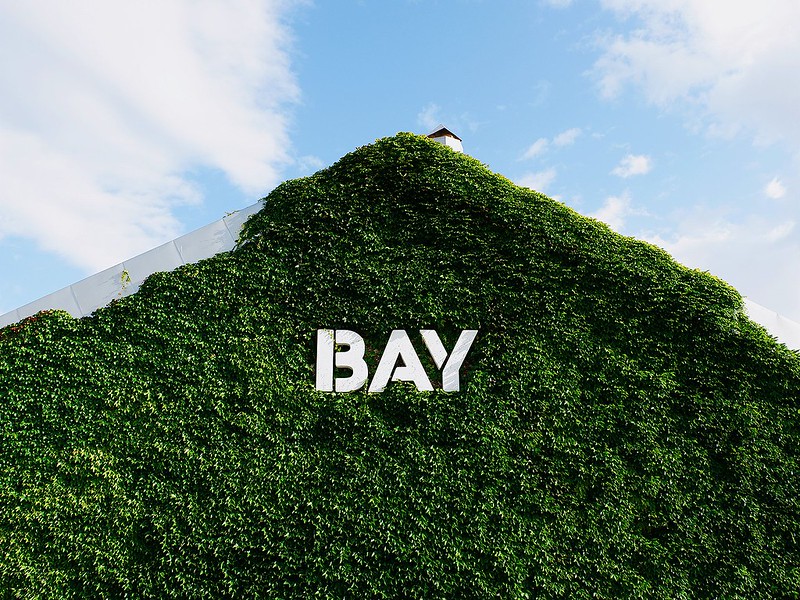

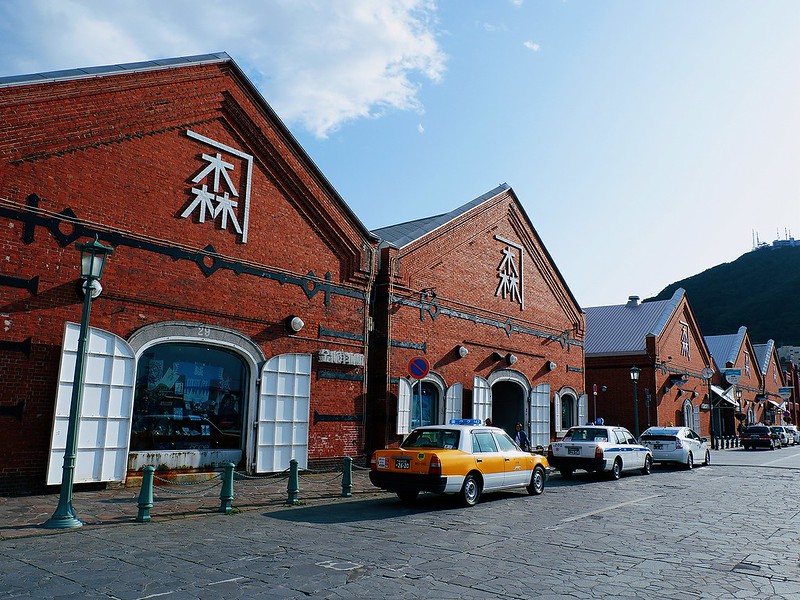
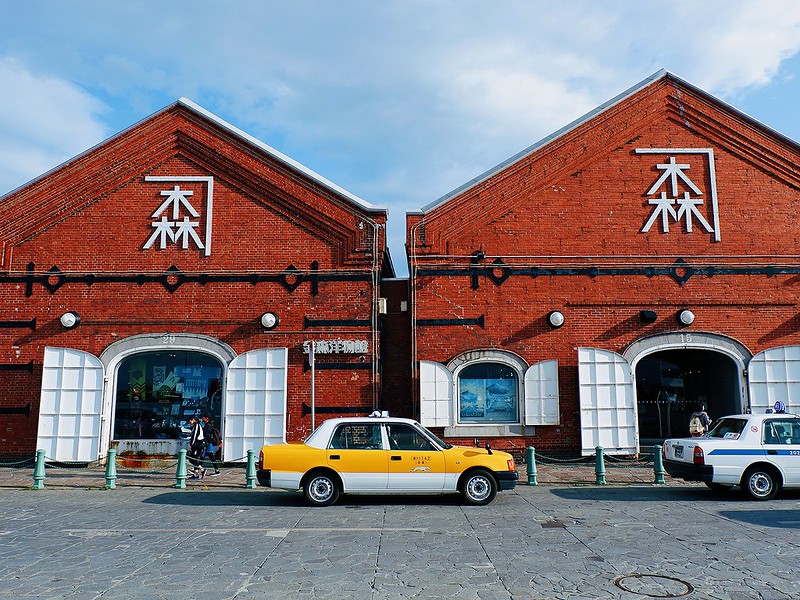
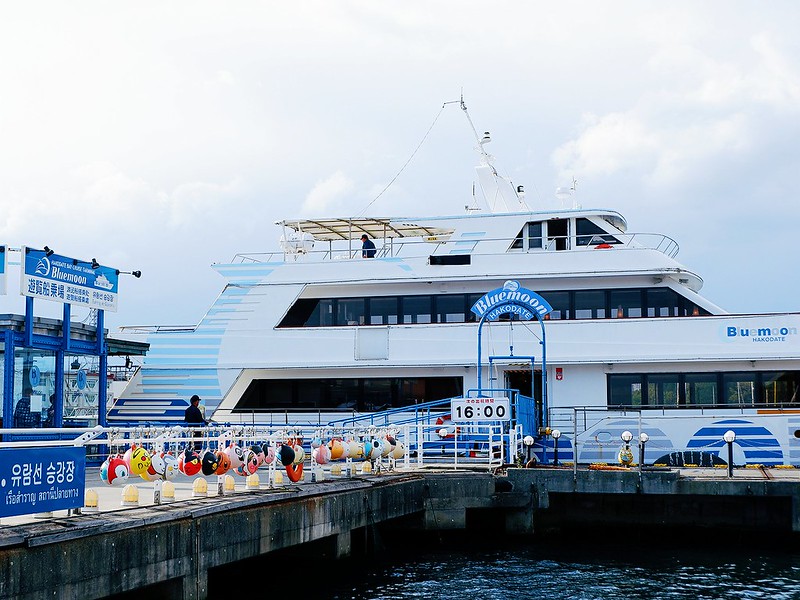
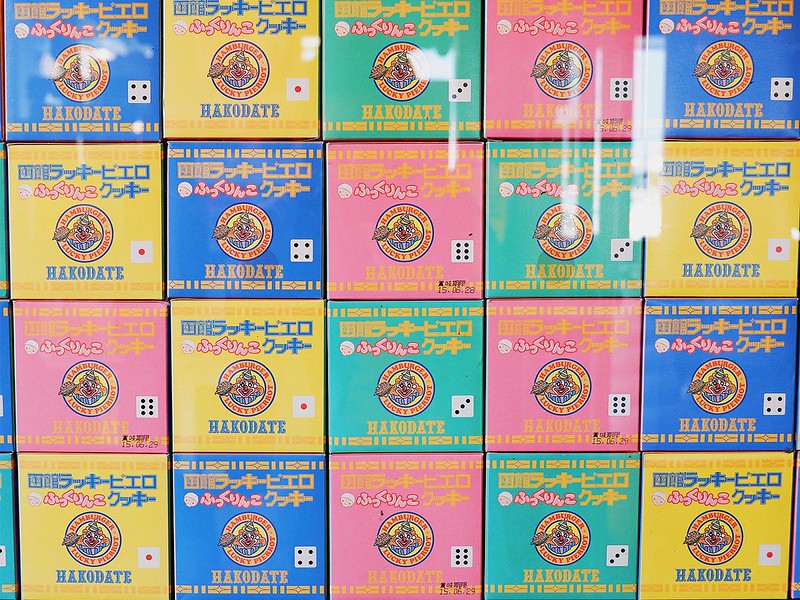

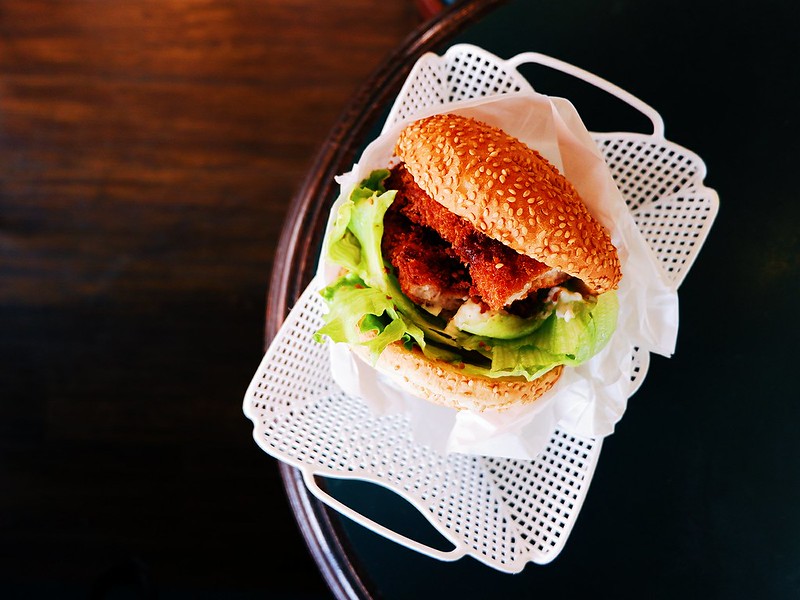
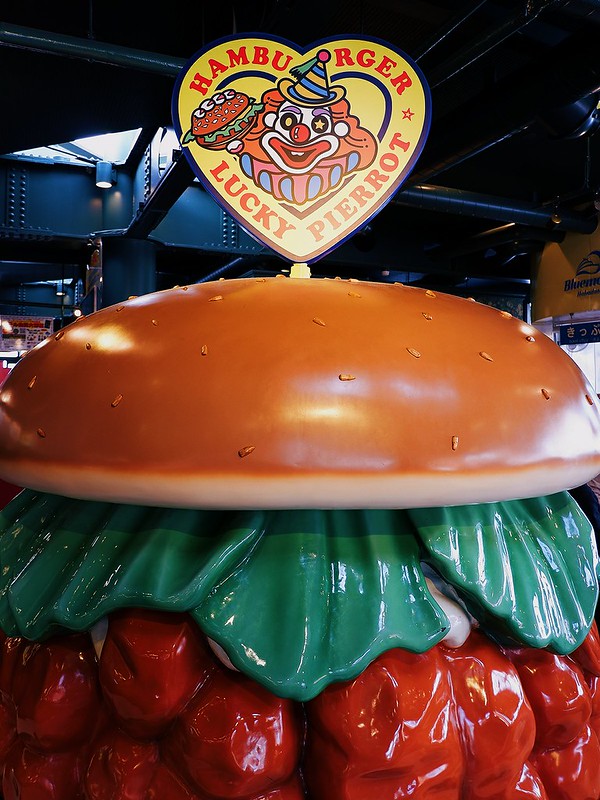
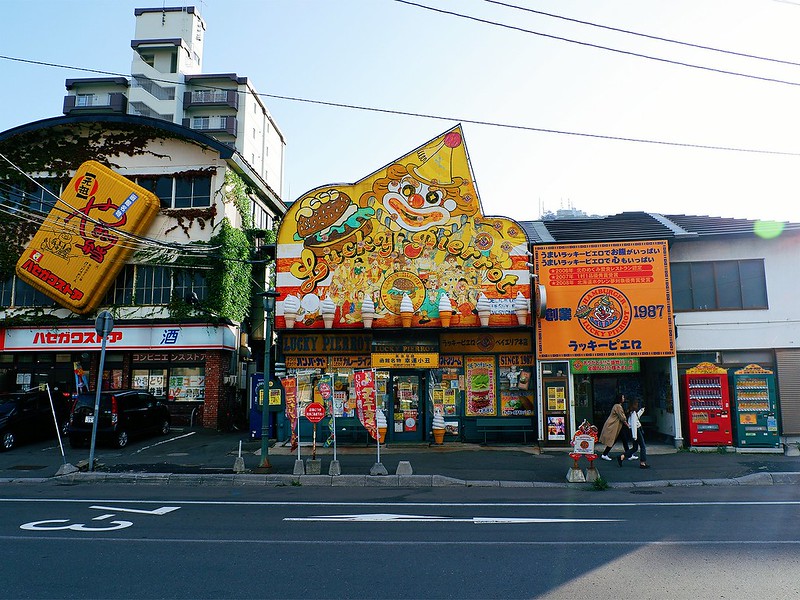

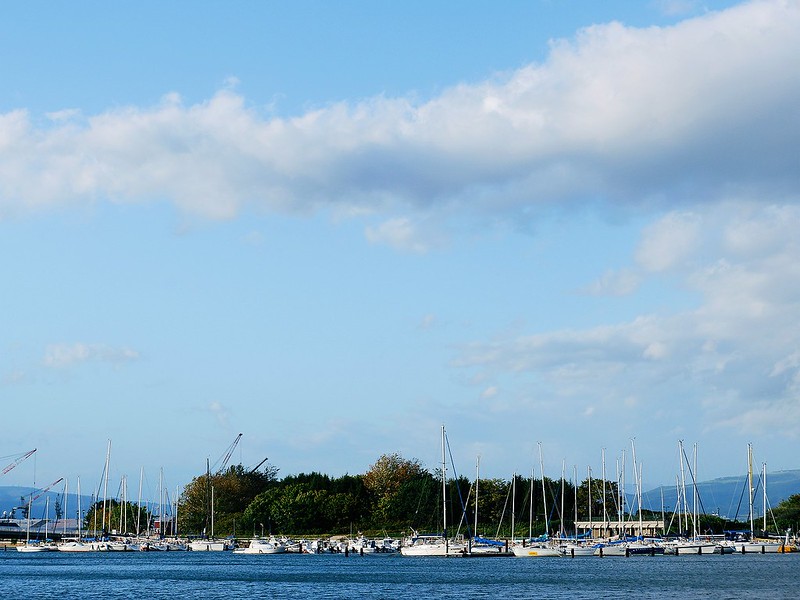



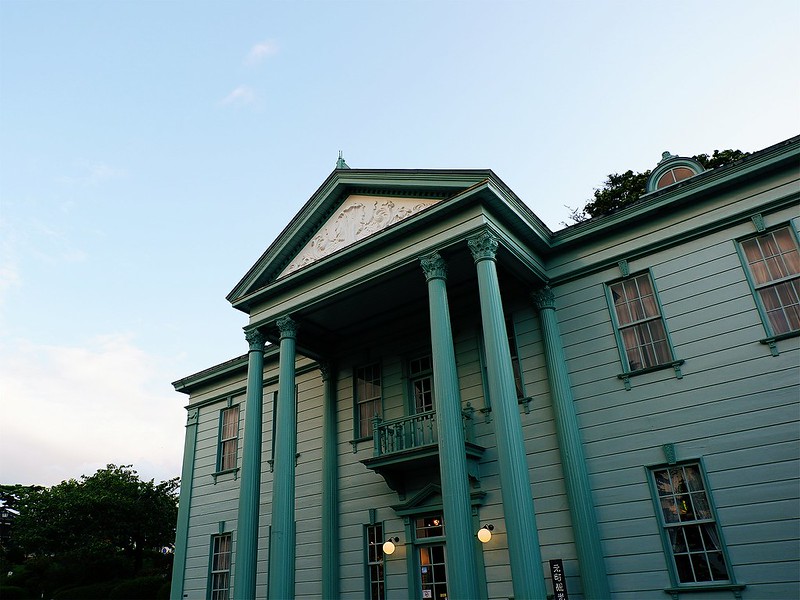



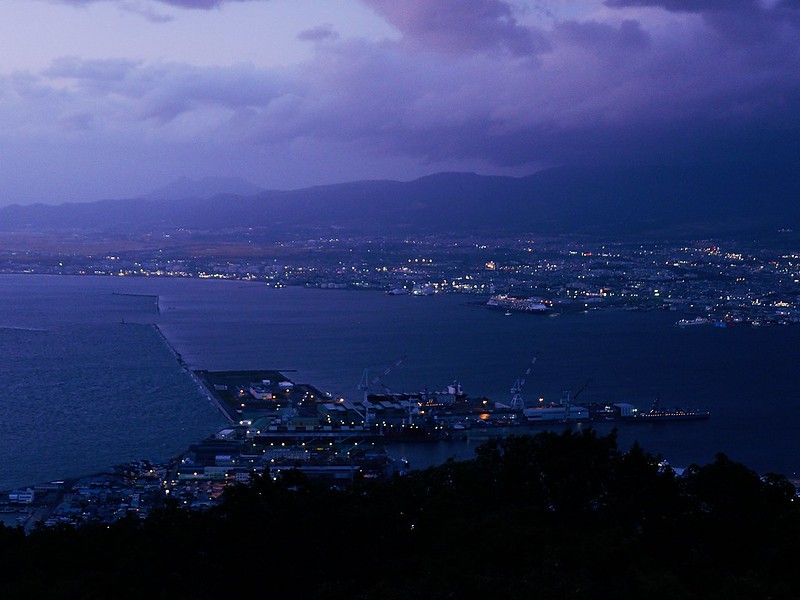
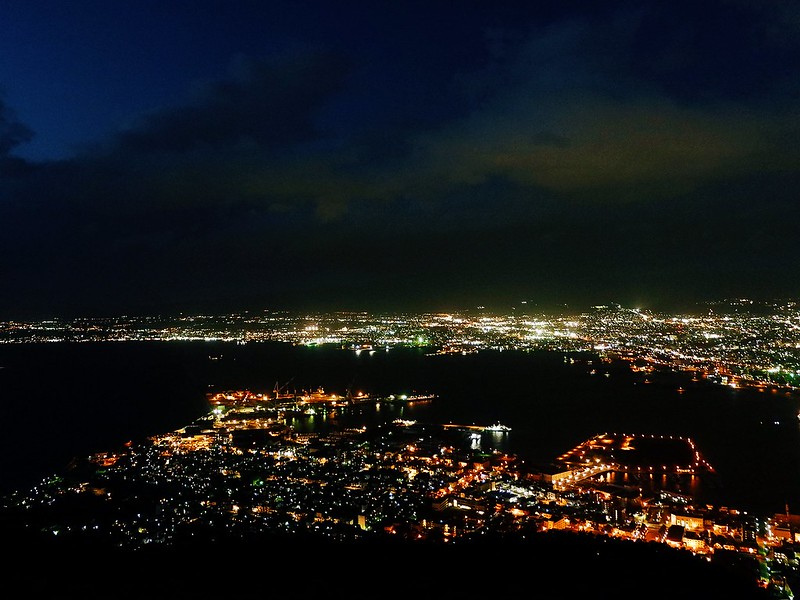
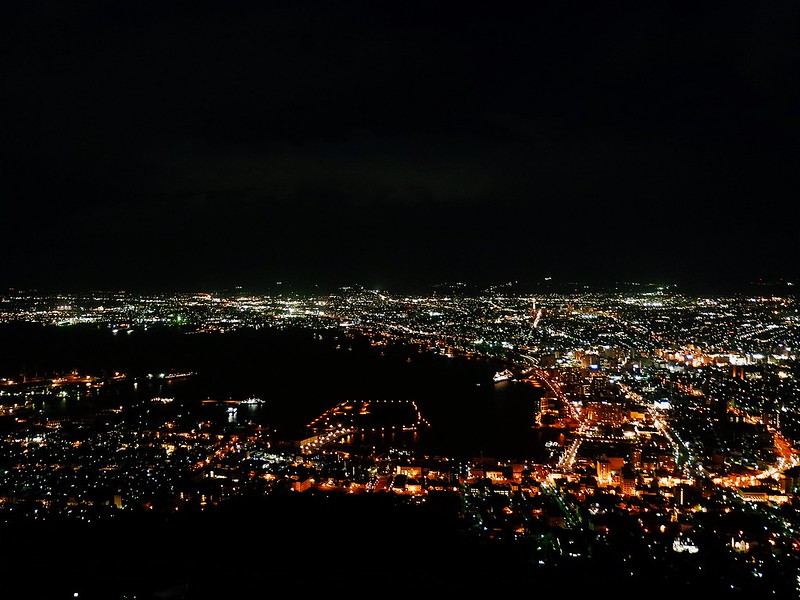
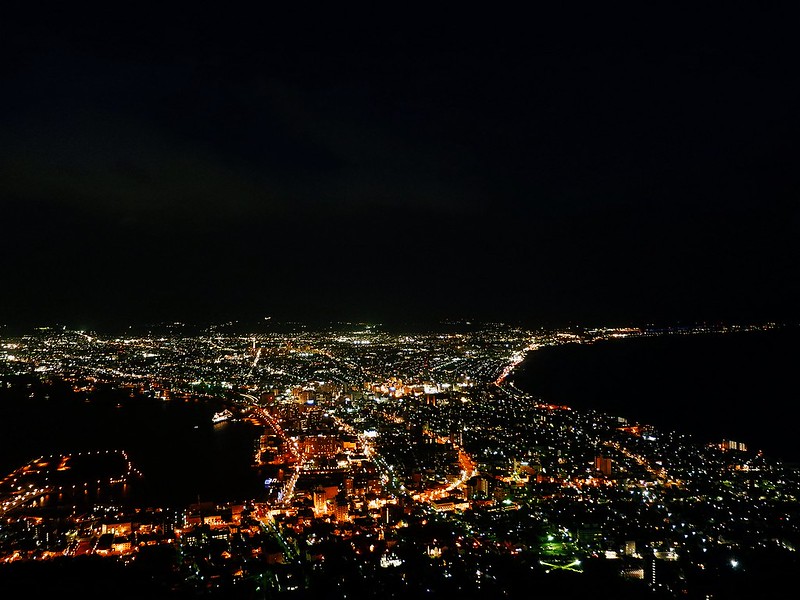




Great night time photos 🙂
LikeLike
Thank you, Sofia!
LikeLiked by 1 person
What an amazing city, Gift, in both daytime & night 👏 I love the fact the daytime city is so full of colour; the description of dropped jewels is perfect for the night view 😃
LikeLike
It’s a colorful city indeed, Jez. And many props to the people who came up with this jewel box comparison.
LikeLike
You showcased a delightful and surprising city very well, Gift. I love the colorful photos, especially the doors and the bikes near the warehouses. The night shots are beautiful. I also love reading the descriptions. Thanks for sharing with Thursday Doors.
LikeLike
Thank you very much for your kind words, Dan. I hope that I can join Thursday Doors again soon!
LikeLiked by 1 person
I hope so, too.
LikeLike
Gift, you have a gift for educating us about your travels with your easy yet informative writing style. My knowledge about Japan is limited to what I learned in 4th-grade history. I love how you worked in pops of yellow colors into your post. Indeed a city that sparkles during the day and at night!
LikeLike
This is such a high praise, Terri. Thank you very much! I look forward to showing more through Sunday Stills and all the awesome photo challenges here.
LikeLiked by 1 person
If we want to see some different types of public art, this is the place to go. Your travels take us to some of the most interesting places, Gift. I’m coming back to read your interesting commentary later today. I don’t want to miss a word.
LikeLike
This means a lot! Thank you so much, Marsha, and please take your time. Hope things are going well for you.
LikeLiked by 1 person
Just busy. We have a sick cat – special diet, doctor visits, medicine, clean up – you may know the routine. 🙂
LikeLike
[…] SPACE STORIES BY GIFT […]
LikeLiked by 1 person
Lovely photos and narrative Gift! I especially liked the yellow bikes against the brick building and your night shots.
LikeLike
Thank you very much, Anne! Night shots aside, I love those bikes and other bright-colored objects around the city too.
LikeLiked by 1 person
Such cool shots! love the first one with the street and the rainbow, but also those purple skies are gorgeous! I don’t think I’ve ever seen a sky that purple! Gorgeous!
LikeLike
Thank you, San! A pity I couldn’t see the sunset, but I held myself back from complaining too much because of the purple sky, haha.
LikeLiked by 1 person
Totally understand that! Looks amazing with or without sunset!
LikeLiked by 1 person
Such a wonderful and deeply informative trip this was. Thanks for taking me along, Gift 🙂
LikeLike
Thank you so much, Hammad!
LikeLiked by 1 person
[…] Hakodate, Japan: Twinkle, Twinkle, Big Port City – SPACE STORIES BY GIFT […]
LikeLiked by 1 person